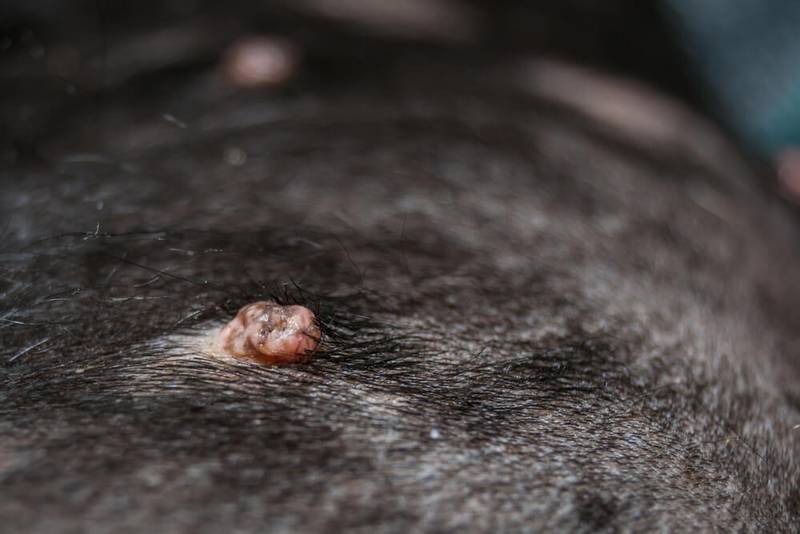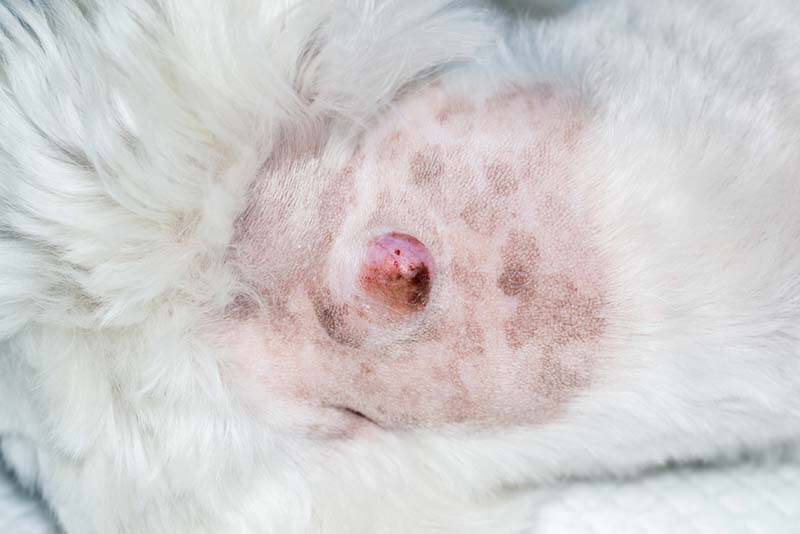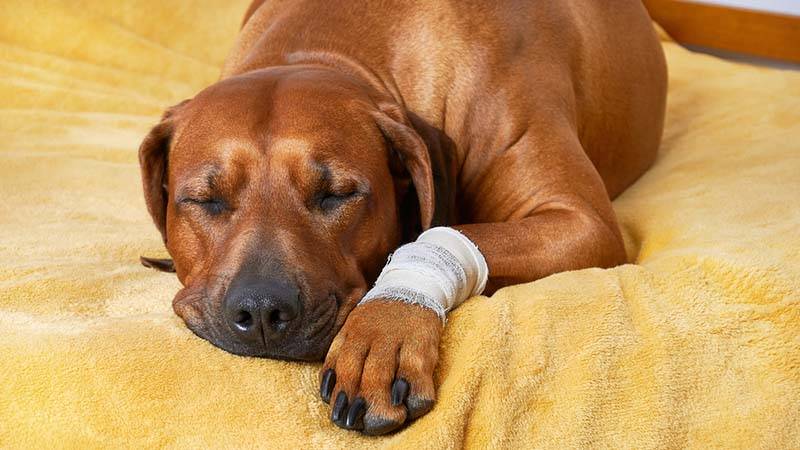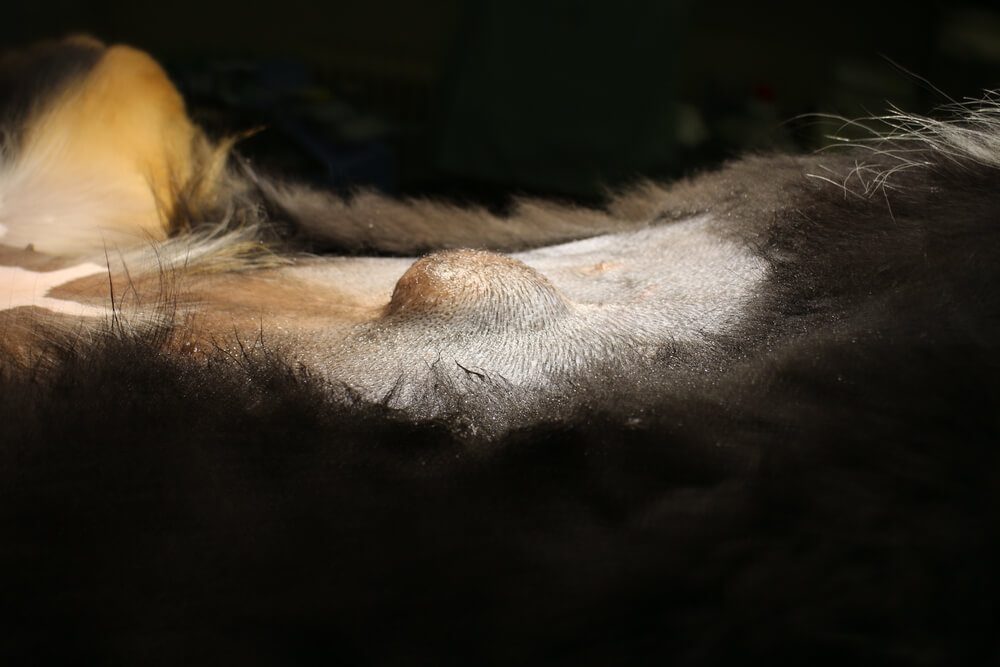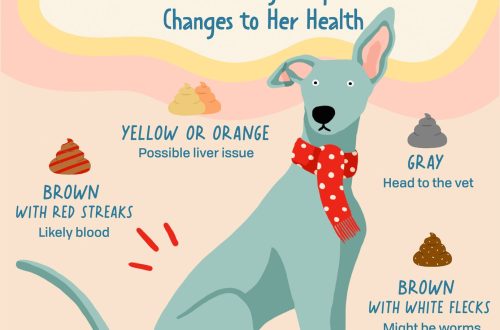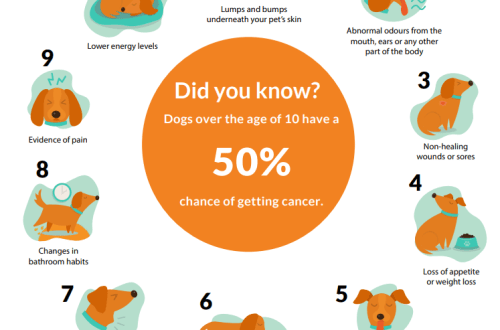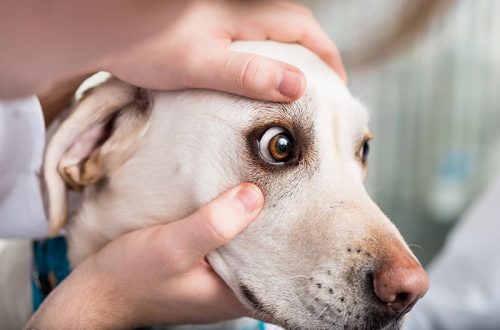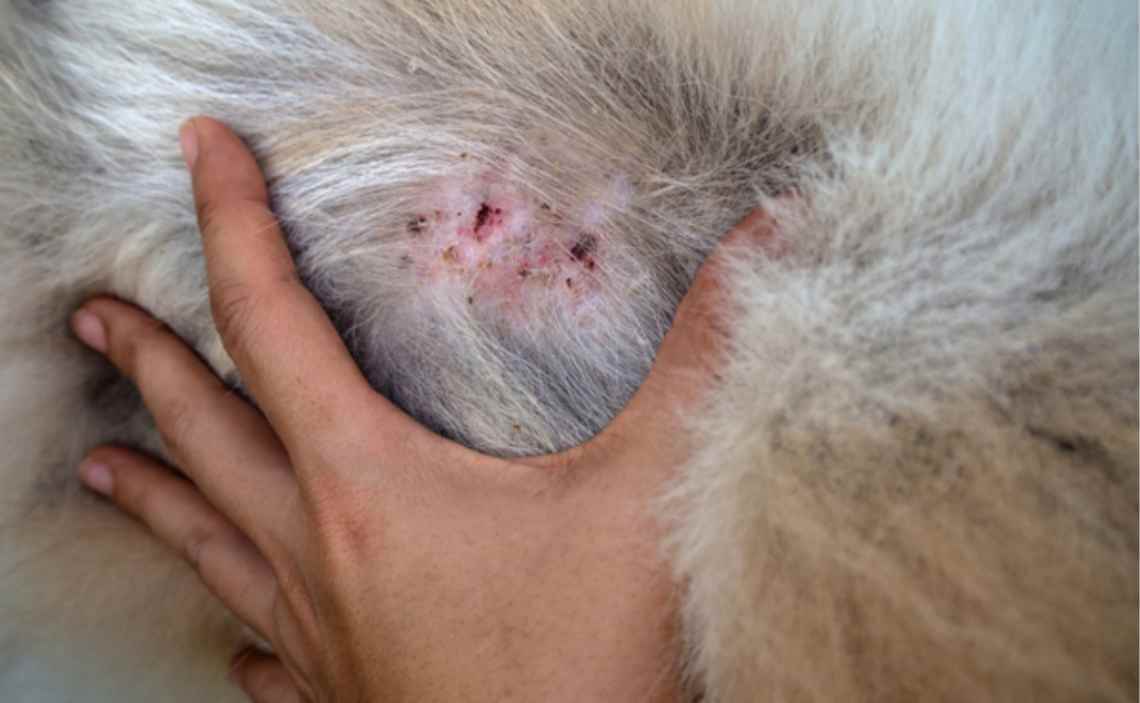
Bumps in a dog on the body under the skin – what is it and how to treat
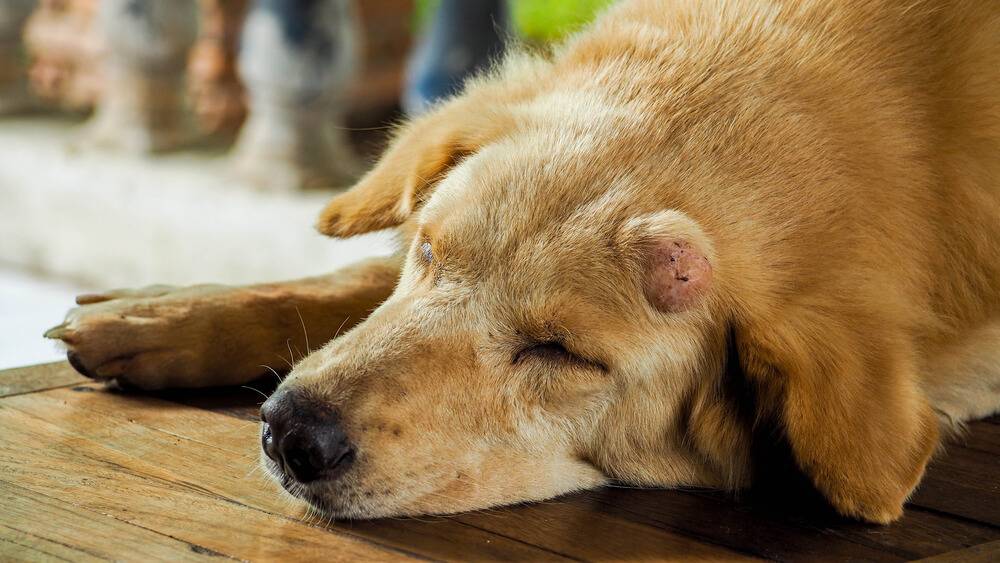
Contents
Dog bumps – the main thing
Bumps on the skin of a dog may not pose any danger to life if it is a benign tumor or some kind of injury. They can also be extremely dangerous and, if left untreated, can be fatal.
The detection of any lump on the body of a pet is a reason to visit a doctor to make a diagnosis and determine treatment tactics.
Treatment of benign tumors is often not required. Malignant tumors can be treated by surgery, chemotherapy and radiation therapy.
Early detection of a malignant tumor greatly increases the success of treatment.
Since the exact causes of the formation of tumors have not been established, the prevention of their occurrence is difficult or even impossible.
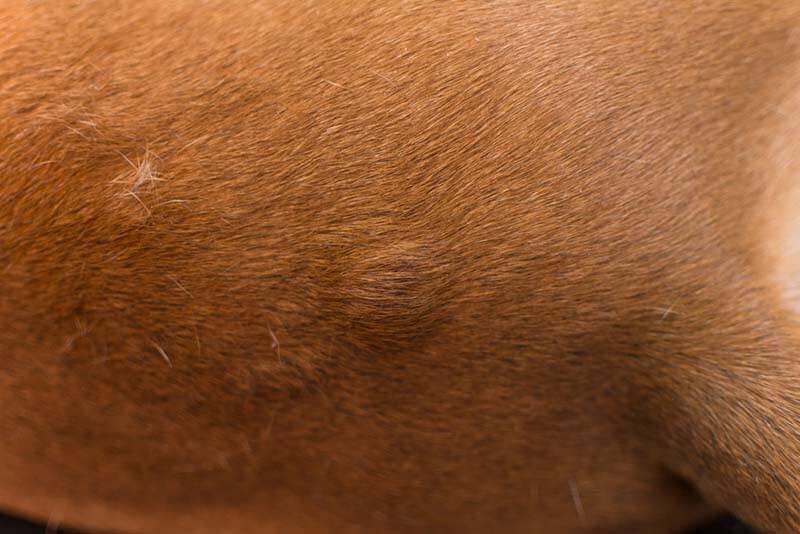
The main reasons for the appearance of cones
In dogs, all bumps under the skin can be divided into tumor и non-tumor. Non-tumor can occur due to infection, inflammation, allergic reactions. The causes of tumors have not been established, therefore, hereditary factors, genetic defects, radio emission, microwaves, ultraviolet radiation, and so on are assumed. In this case, tumors in their morphology are benign and malignant.
Benign
Lipoma
Lipoma is a spherical or slightly elongated formation that is found under the skin. Its size can vary – at first it is barely noticeable, but over time it can grow to very impressive volumes. Lipoma is formed from adipose tissue, it is mobile relative to other tissues and skin. It does not cause pain in the dog. Lipomas can appear in any part of the body where there is adipose tissue. Often such a bump can be found in a dog on the neck, as well as on the sides, back.
Histiocytoma
Histiocytoma – a spherical or slightly bumpy pink-red formation on the skin of a small size. It is formed from Langerhans cells, which are normally always present in the skin and mucous membranes. Most often, histiocytomas occur in young dogs, with an average age of 18 months. There is no exact reason for their appearance. A typical location is on the head, auricles. Also, similar bumps in a dog can be found on the abdomen, on the pelvic limbs and torso.
Papilloma
Most often, papillomas are small bumpy pink or brown formations on the skin. Many older pets have them. Papillomas can be located on any part of the body, usually they do not grow and do not cause discomfort to the animal. The reason for their appearance is mainly viral.

Adenoma
Adenomas are benign formations of glandular tissue. On the skin, they often form from the tissues of the sebaceous glands, less often from sweat glands. Usually they look like a cystic formation on the body, often in the back and sides. The exact causes of adenomas have not been established, but infectious factors of development are possible.
Malignant
Adenocarcinoma of the mammary glands
Breast cancer is one of the most common tumors in dogs. Most often it looks like single or multiple tumors in the nipples on the dog’s abdomen in the form of balls. The balls can be firm to the touch, almost like bone, and in some cases they are soft and elastic. Most often, such lesions are found in females, but they also occur in males. It has been proven that the development of the tumor is associated with hormonal causes. Unspayed females are at a much greater risk of developing these tumors than females spayed prior to their first estrus. Also, such formations often occur in animals receiving hormonal drugs to prevent estrus.
Mastocytoma
Mastocytoma is a tumor that can look completely different. For example, it can manifest itself as a small pink swelling, or maybe reddening of the skin area, with itching and sores. The place of localization is also different, most often they are on the trunk, a little less often on the limbs, the rarest are on the head, neck and mucous membranes. Mastocytoma is a very insidious tumor, since at first it does not have signs of malignancy, but over time it manifests itself very aggressively, gives metastatic lesions.

Squamous cell carcinoma
This tumor can have a different appearance and look like a papilloma, a bumpy pedunculated formation. May be inflamed, ulcerated and crusted. This tumor can appear on the head and neck of the dog, the cause of its appearance can be considered exposure to ultraviolet rays. It can also be on the body of the animal, in which case a viral cause is assumed. This formation occurs in dogs on the skin in 20% of cases. It is considered extremely difficult to treat, and negative outcomes are not uncommon.
Melanoma
Melanoma is a malignant tumor that develops from pigment cells called melanocytes. Usually it looks like a formation of dark brown or black, in rare cases it can be colorless. Often the edges of the tumor are uneven, there may be ulcers, hemorrhages. It occurs in any parts of the dog’s body where there are melanocytes, the skin, mucous membranes, nervous system and some internal organs are affected. The causes of occurrence are often genetic, but ultraviolet radiation, ionizing radiation, and so on also play a role. It is necessary to differentiate melanoma from melanocytoma. Melanoma is an extremely malignant neoplasm of the skin, while melanocytoma has a favorable prognosis.
Fibrosarcoma
Most often, this tumor is formed from skin cells and subcutaneous tissue. It may look like a dense spherical formation, the shape is usually irregular, bumpy. On palpation, the tumor will be motionless, but should not cause obvious discomfort to the dog. Usually found in older dogs, averaging 8–11 years of age. The exact reasons have also not been established.

Other reasons
Abscess
An abscess is the most common cause of non-neoplastic induration under the skin in a dog. An abscess is a cavity filled with pus. Usually occurs after skin trauma, fights with other animals. An abscess can be on any part of the dog’s body that has become infected. It will look like a warm and painful swelling of the skin to the touch.

Injection
Swelling at the injection site of a drug is a normal process. If the drug was administered subcutaneously in a large volume in the form of a subcutaneous dropper, then such swelling can reach a significant size, but should pass within 10-15 minutes. If after the injection the bump does not go away during this time, it is better to return to the clinic to clarify the reasons.
Allergy
Sometimes an acute allergy in an animal can be manifested by multiple bumps all over the body, which appeared quickly and suddenly. In this case, it’s probably hives. An allergy can occur to any external component – plant pollen, perfume, detergent. Urticaria often occurs when you are allergic to some drug.
Hernia
A hernia is a protrusion of internal organs into a cavity in which they should normally not be. Quite often, owners find a bump on the puppy’s stomach. Most likely, its cause is an umbilical hernia. Also, hernias can be found in the groin area on one or both sides, as well as under the tail.

Enlarged lymph nodes
Enlarged lymph nodes in a dog may look like balls under the skin. They can be found under the lower jaw, in the area of the shoulder blades, in the axillary and inguinal regions. The reason for their increase may be infectious and inflammatory processes, as well as tumors in nearby areas and their metastasis to these lymph nodes.
Concomitant symptoms
Benign education should not be accompanied by any additional symptoms. Malignant formations, on the contrary, will worsen the quality of life of the pet. Usually in the early stages, the dog does not experience obvious discomfort. With the growth and progression of education, the pet may feel pain, weakness. Often, tumors metastasize to the lungs, after which it will become difficult for the animal to breathe, shortness of breath will appear. The tumor can spread to many organs and tissues, which leads to a decrease in their performance and death of the animal.
Abscess can often be accompanied by fever, lethargy, refusal to eat. The abscess itself is painful to the touch, gives the pet discomfort. Allergy from harmless rashes over the body, it can turn into life-threatening swelling of the respiratory tract. Small, uninjured hernia usually does not cause discomfort to the animal. When the hernial ring is infringed, it becomes painful and hard. With prolonged squeezing, the tissues die off, and the pet may die.
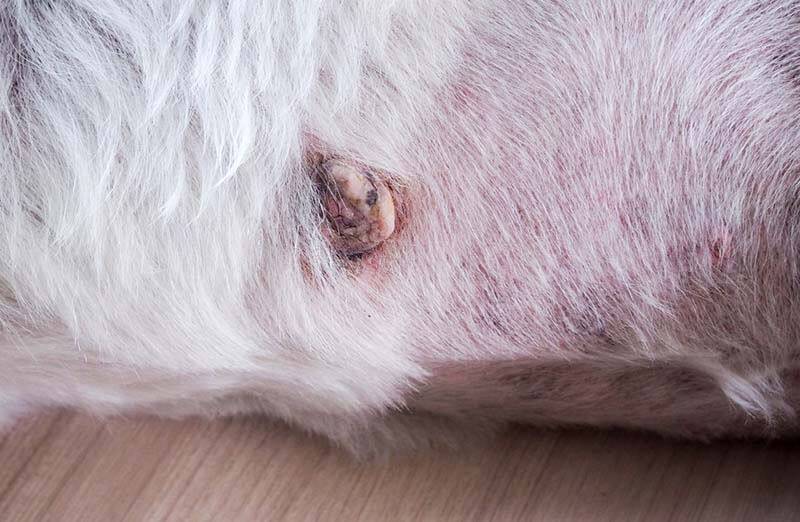
In what cases should you immediately contact a veterinarian?
If any bumps appear on your dog’s body, this is an occasion to consult a doctor for their examination. Do not delay your visit and hope that they will pass on their own. If the tumor is benign, you can exhale and not worry about the health of the pet. Early detection of a malignant tumor will give a good chance for a positive outcome of treatment. If a malignant tumor is detected in the last stages, most often nothing can be done, the doctor prescribes only supportive treatment.
An abscess should be treated as soon as it is detected, delaying a visit to the doctor can lead to blood poisoning. Allergic reactions also need to be stopped immediately, without waiting for swelling of the larynx. A strangulated hernia is subject to emergency surgery before tissue necrosis begins. An unstrapped hernia is treated as planned, but if it is delayed, an emergency operation may be required at any time.
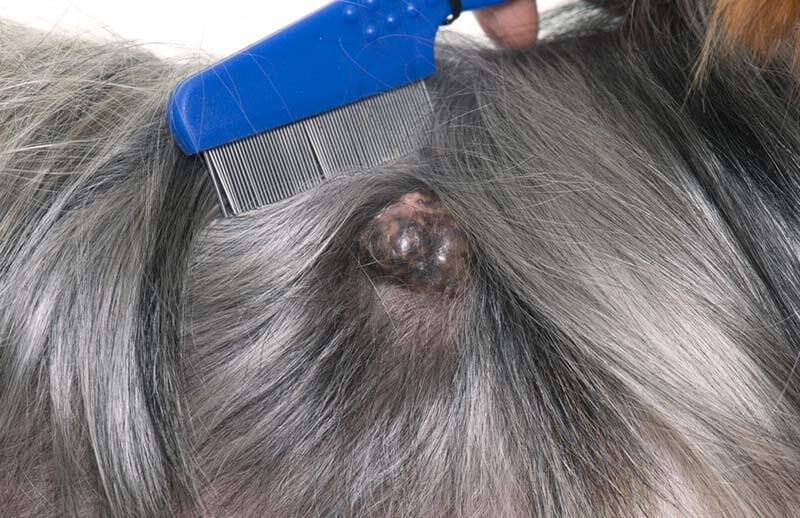
Diagnostics
Diagnosis begins with taking an anamnesis, finding out when the bump first appeared, how quickly it grew. Next, the pet is carefully examined, the formations are probed for density, mobility, pain for the animal. Superficial lymph nodes are also palpable. The method of cytological diagnostics is often used. With the help of a needle and a syringe, cells are sucked from the formation, which are then placed on a glass slide. The material is stained and carefully examined under a microscope. With the help of cytology, a preliminary diagnosis can usually be made. In many cases, a biopsy and histological examination are necessary to make a definitive diagnosis. This procedure is more complicated and takes more time to get the result. If the animal is scheduled for surgery to remove the tumor, the doctor may recommend magnetic resonance imaging.
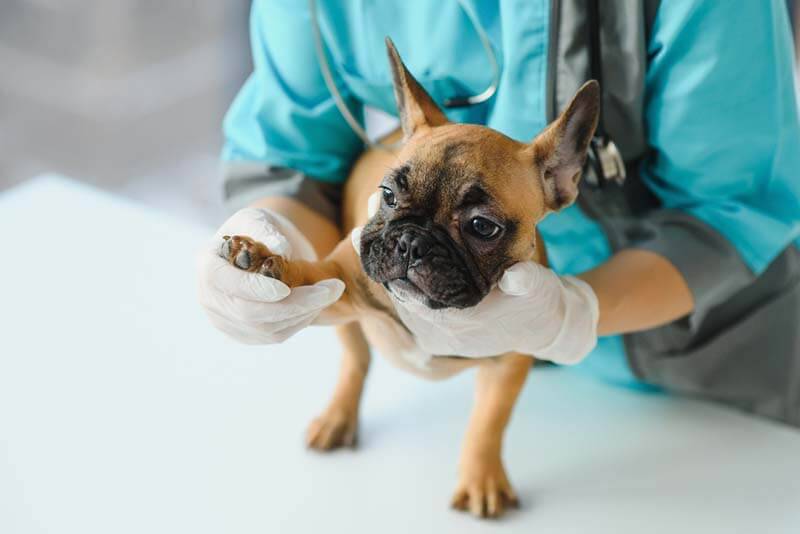
Treatment of bumps in dogs
Treatment will always depend on the type of formation. In most cases benign tumors do not require treatment. Histiocytomas go away on their own within a month. Lipomas can grow to quite large sizes and prevent the pet from walking, lying down and generally moving around. If the lipoma is growing rapidly, it is better to remove it. papillomas and adenomas do not increase in size and quite rarely somehow interfere. In some places on the body, they can be subjected to constant injury, because of which they will become infected, bleed, in which case it is better to remove them.
Treatment malignancies depends on many factors and is selected by the oncologist individually. The type and size of the tumor, its location, the stage of the oncological process, the presence of metastases are taken into account. Surgical excision of the formation, chemotherapy, radiation therapy can be used.
Treatment abscesses consists in cleansing the cavity from pus, installing drains to drain the resulting fluid from the cavity, and using antimicrobial drugs locally and systemically. Allergic reactions treated with antihistamines and, if necessary, hormonal. Hernia treated only by surgery. Contrary to popular belief, no folk remedies are able to help with hernias; without surgery, it is impossible to set the organs in the right place and suture the hernial ring. Enlarged lymph nodes is only a symptom of some pathological process in the body, it is necessary to find out the cause and direct treatment to it.
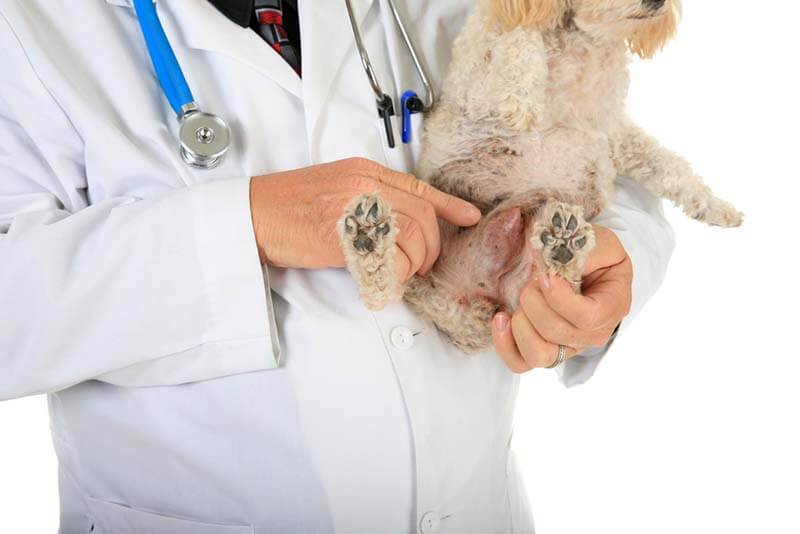
Prevention
Unfortunately, there is no cure for most cancers. The exact reasons for their appearance have not yet been established, it is believed that ultraviolet and ionizing radiation, poor ecology and other factors that are extremely difficult to exclude from a pet’s life play a role in their development. Prevention is amenable to a tumor of the mammary glands. There are studies according to which bitches castrated before the first estrus have a chance of less than 0,05% to develop a similar malignant tumor. Further, with each estrus, this percentage increases. Castration after the age of two years does not reduce the risk of developing neoplasms. Also, the exclusion of giving hormonal drugs in order to stop estrus reduces the risk of developing oncology.
You can prevent abscesses by preventing self-walking and fights between dogs. It is impossible to predict the development of an allergic reaction to something. But if the allergen is known, then contact of the dog with it should be excluded. Hernias are often congenital, which is not amenable to any prevention. But traumatic hernias can be avoided if you always watch your pet for a walk.
Answers to frequently asked questions
November 10, 2021
Updated: 14 May 2022



